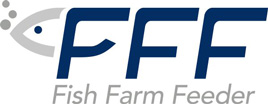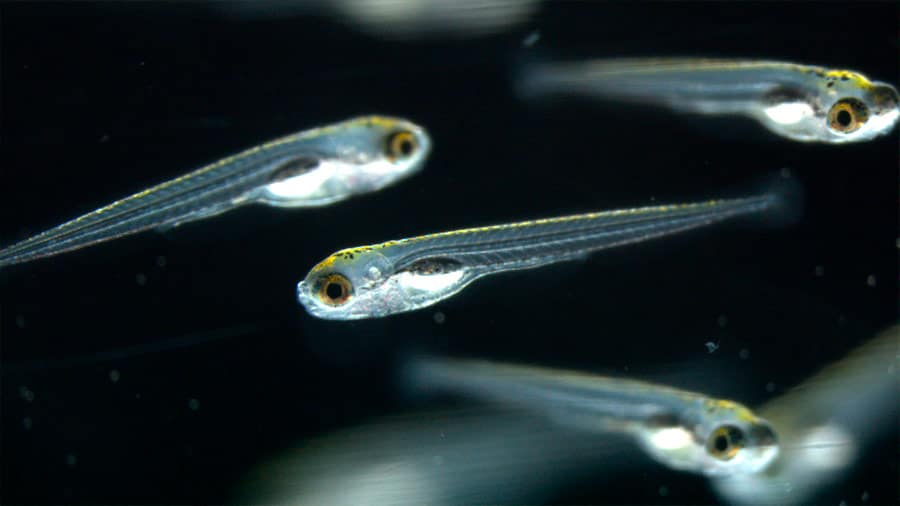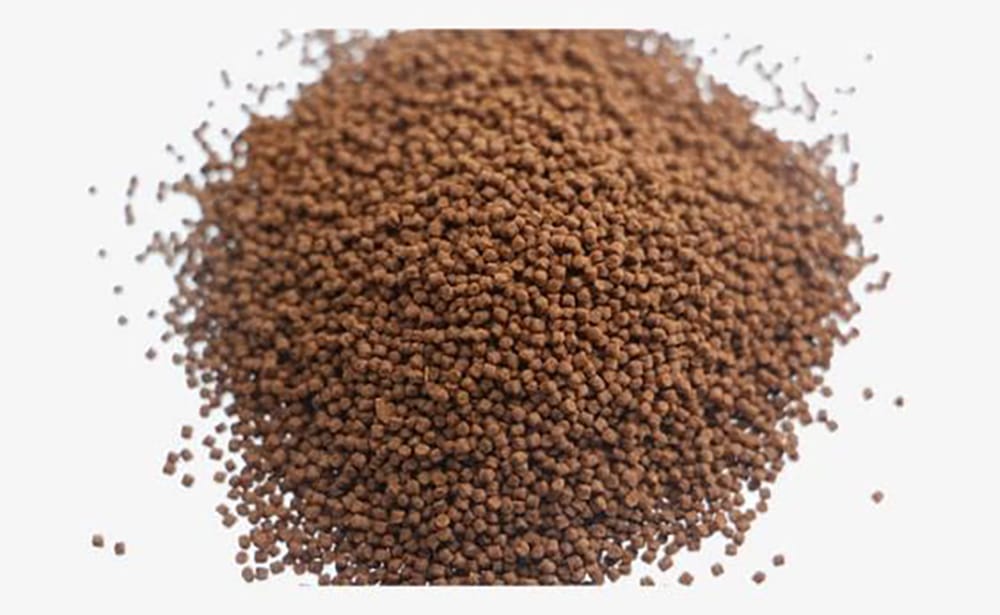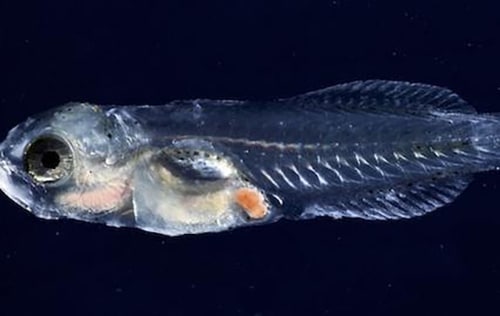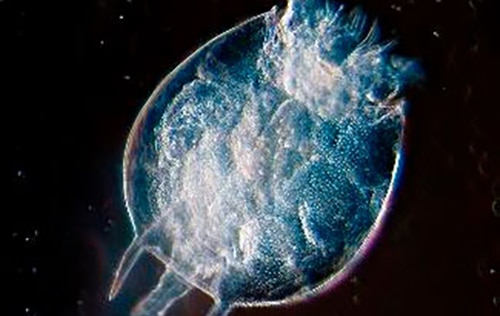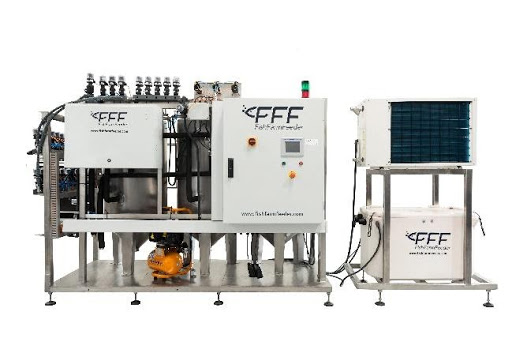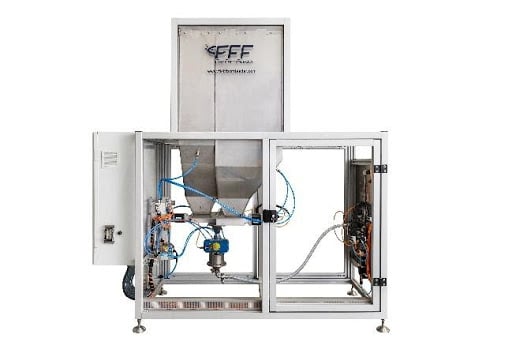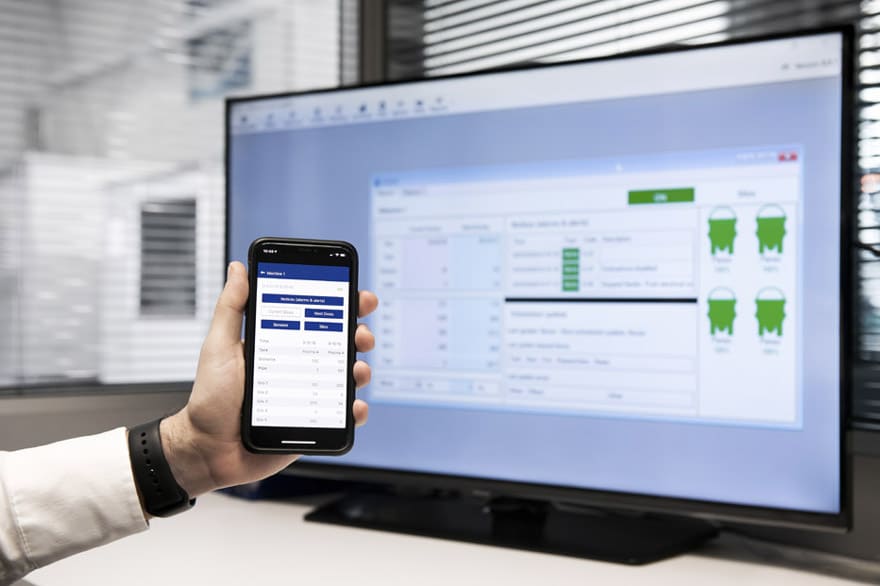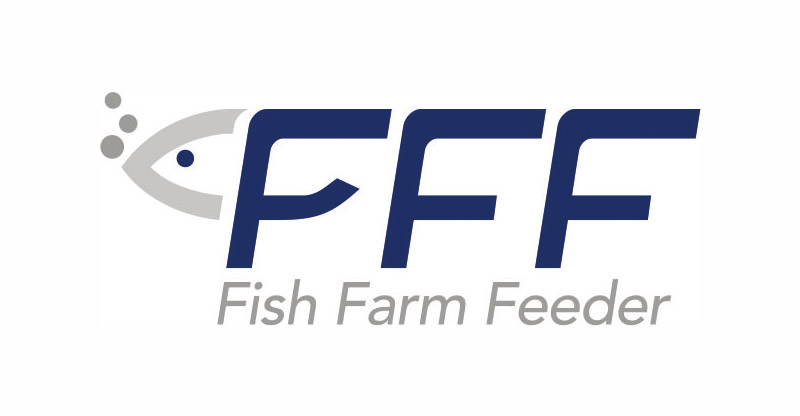The production of high-quality juvenile fish and shrimp in aquaculture maintains hampered by suboptimal production conditions during the larval stage. It occurs in the hatcheries as well as in the laboratories of the research centers.
Larval feeding: Live Feed and Dry Feed in Aquaculture
In the early stages of growth, when the eggs develop into larvae stage, they are endowed with a rather rudimentary stomach and a very limited ability to digest conventional diets used in aquaculture.
Unlike salmonids, whose eggs can be fed directly with formulated dry feed systems a few days after hatching, other species of finfish and shrimp need to receive a nutritionally balanced and easily digestible live food (phytoplankton, rotifers, and artemia) until they are prepared for the transition to dry formulated feed dosing.
How to Overcome the Problems in Larval Feeding?
Fish Farm Feeder has developed the first aquaculture technology that provides a centralized automatic co-feeding system (live feed and micro diets) for its use in industrial Hatcheries. Fish Farm Feeder system allows:
- Distributing the feed evenly in the tanks at the desired intervals and dosing
- Keeping the feed in perfect condition
- Complying with strict hygienic and sanitary regulations
- Easy maintenance and use
- Reducing the workload related to feeding
How Does Automated Larval Feeding Work?
The feeing system is controlled by a Production Management Software and modulated according to the environmental parameters of the growing fish or shrimp cycle. It permits the configuration of the amount of live or dry feed that should be supplied throughout the day.
This way the hatcheries and aquaculture laboratories have at their disposal a complete comprehensive solution that is capable to supply, automatically and with great precision, microalgae, artemia and rotifer, as well as dry micro-diets (300-800 μm in pellet size) during the larval cycle of finfish or shrimp.
